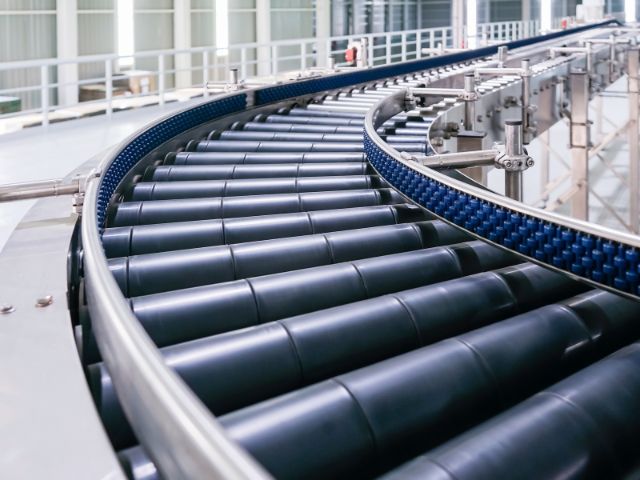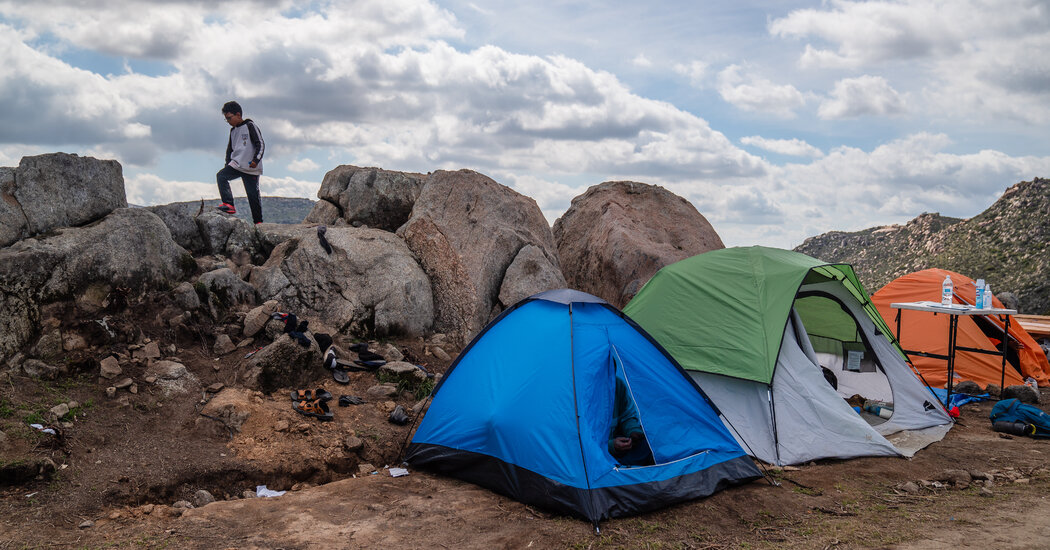

In the realm of smartphone security, facial recognition technology has emerged as a high-tech solution to protect user privacy and data. This cutting-edge feature allows users to unlock their phones simply by looking at them, eliminating the need for PINs or passwords. However, recent advancements in artificial intelligence and the proliferation of low-resolution images have revealed a concerning vulnerability in these facial telephone locks. In this article, we delve into the potential risks associated with high-tech facial telephone locks and explore how low-resolution pictures of owners can undo this seemingly foolproof security measure.
Facial recognition technology is touted as a convenient and secure method of unlocking smartphones. By analyzing unique facial features and patterns, devices equipped with this technology can quickly authenticate the owner and provide instant access. This eliminates the hassle of remembering complex passwords or PINs while providing a seamless user experience.
The efficacy of facial telephone locks heavily relies on the quality and resolution of the images used for comparison. Traditional high-resolution photographs typically captured by dedicated cameras or professional photographers tend to offer a higher level of detail, making it harder for fraudsters to bypass security measures. However, the rise of social media and the widespread sharing of low-resolution images has raised concerns.
Low-resolution images, such as those found on social media platforms, lack the intricate details necessary to authenticate users effectively. They often lack the sharpness and clarity required for accurate facial recognition. This vulnerability can be exploited by individuals seeking unauthorized access to a smartphone. By obtaining a low-resolution picture of the owner, an attacker could manipulate it to trick the facial recognition system into unlocking the device.
The rise of artificial intelligence has further exacerbated this issue. Advanced algorithms can now enhance low-resolution images by filling in missing details and improving clarity. These techniques, such as super-resolution algorithms, can enhance the quality of images, making them more usable for bypassing facial recognition systems. The combination of low-resolution images and AI-powered enhancements significantly increases the risk associated with high-tech facial telephone locks.
The implications of this vulnerability are far-reaching. Smartphone users, especially those who heavily rely on facial recognition technology as their primary means of authentication, may unknowingly expose themselves to security threats. Malicious actors can potentially gain unauthorized access to personal data, sensitive information, and even financial accounts by exploiting this vulnerability. The consequences could be severe, including identity theft, financial loss, and privacy invasion.
While it is challenging to completely eliminate the risks associated with low-resolution images and AI-enhanced manipulation, there are several steps users can take to enhance their smartphone security:
Consider utilizing additional security measures, such as PINs, passwords, or biometric data like fingerprints, in conjunction with facial recognition.
Limit the sharing of personal photos on public platforms or adjust privacy settings to restrict access to friends and family only.
Manufacturers frequently release security patches and updates to address vulnerabilities. Keeping your device’s software up to date ensures you have the latest security enhancements.
When capturing photos for official purposes or any application involving security, aim for higher-resolution images that provide better detail and accuracy.
Implementing two-factor authentication adds an extra layer of security by requiring a second verification step, such as a unique code sent to a trusted device.
As facial recognition technology continues to evolve, it is crucial to remain vigilant about the potential vulnerabilities associated with low-resolution images. While high-tech facial telephone locks offer convenience, users must be aware of the risks and take appropriate steps to mitigate them.
Smartphone manufacturers should also invest in ongoing research and development to enhance the robustness of their facial recognition systems and stay one step ahead of potential threats. By staying informed and adopting multiple layers of security, users can continue to enjoy the benefits of this technology while minimizing the risk of unauthorized access to their smartphones and personal data.
weirdnewsera.com is a fast-growing news aggregator that brings you the latest news stories, and breaking international news that’s just a click away.
Our team are committed to keeping you up-to-date with stories wherever you are in the world, across a variety of different sectors and industries from politics to entertainment. Click Here.
24World Media does not take any responsibility of the information you see on this page. The content this page contains is from independent third-party content provider. If you have any concerns regarding the content, please free to write us here: contact@24worldmedia.com

This Lava Tube in Saudi Arabia Has Been a Human Refuge for 7,000 Years

Four Wild Ways to Save the Koala (That Just Might Work)

National Academy Asks Court to Strip Sackler Name From Endowment

Ways Industrial Copper Helps Energy Production

The Ins and Out of Industrial Conveyor Belts

She Dreams of Pink Planets and Alien Dinosaurs

Why Your Family Should Play With Your Pet Outdoors

Arkansas Braces for Flood of Tourists During Total Solar Eclipse

New England Journal of Medicine Ignored Nazi Atrocities, Historians Find

Judge Orders Timely Housing for Migrant Children Waiting at Border

Community calendar: April 4, 2024

Real Estate Transfers: April 4, 2024